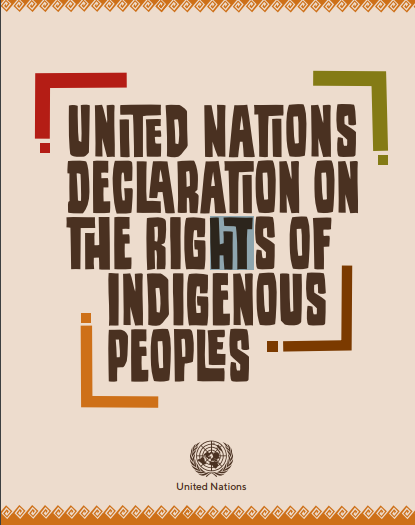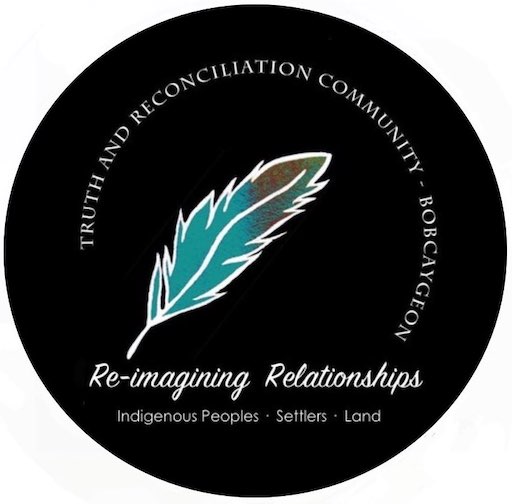UN Declaration on Rights of Indigenous People
UNDRIP
The United Nations Declaration on the Rights of Indigenous Peoples (UNDRIP) is an international instrument adopted by the United Nations on September 13, 2007, to enshrine (according to Article 43) the rights that “constitute the minimum standards for the survival, dignity and well-being of the indigenous peoples of the world.” The UNDRIP protects collective rights that may not be addressed in other human rights charters that emphasize individual rights, and it also safeguards the individual rights of Indigenous people. The Declaration is the product of almost 25 years of deliberation by U.N. member states and Indigenous groups.
April 23, 2021
G&M OPINION by Jodie Wilson-Raybould
“For more than a decade, Parliament has had opportunities to consider legislation to implement the United Nations Declaration on the Rights of Indigenous Peoples (UNDRIP). Bill C-15, the Liberal government’s proposed law, is the latest of these and is currently moving through the House of Commons.
Bill C-15 is effectively the same as the previous versions of private members’ bills introduced in 2008 by Liberal MP Tina Keeper and then in 2016 by NDP MP Romeo Saganash. Short and high-level, Bill C-15 – like the ones before it – affirms the UNDRIP as applying to the laws of Canada, requires that an action plan be developed to meet the objectives of the UNDRIP, and requires the Government of Canada to take all measures necessary to align the laws of Canada with the UNDRIP…
Amazingly, the debate around Bill C-15 continues to remain somewhat incoherent, just as it has been in the past. At the same time, we hear: “the bill is too strong in upholding Indigenous rights, in particular achieving the free, prior and informed consent of Indigenous peoples” (some conservative and industry voices); “the bill is colonialist and racist and will further oppress Indigenous peoples” (some Indigenous and non-Indigenous activists, experts and community voices); and “the bill must be passed and sets a foundation for decolonization” (most Indigenous advocates, experts, leaders, and community voices as well as many allies).
But is Bill C-15 any of the things these groups say it is? No. … It is a small step forward that will require significantly more legislative, policy and practice changes for it to truly address our legacy of colonialism.
It is imperative to understand that in Canada’s history, government legislation has been a central weapon in the oppression of Indigenous peoples. Residential schools; shameful rates of children in care; murdered and missing Indigenous women and girls; the overrepresentation of Indigenous people in the criminal justice system and many other unjust realities have their roots in Crown legislative action. Sometimes this legislative action is explicit, most notoriously the Indian Act, which at once colonized and criminalized many aspects of First Nations and Inuit culture, society and governance. Sometimes this legislative action is through omission, including ignoring the existence of an Indigenous people (such as the Métis Nation), or passing legislation on the premise that no Indigenous title and rights, including treaty rights, exist.
This remains, for the most part, the legislative reality today federally and provincially.”
May 10, 2016
“There were cheers in the United Nations as Canada officially removed its objector status to the UN Declaration on the Rights of Indigenous Peoples Tuesday, almost a decade after it was adopted by the General Assembly.
“We are now a full supporter of the declaration, without qualification,” Bennett said, as she addressed the Permanent Forum on Indigenous Issues at the United Nations in New York City on Tuesday.
“We intend nothing less than to adopt and implement the declaration in accordance with the Canadian Constitution.”
The declaration recognizes Indigenous Peoples’ basic human rights, as well as rights to self-determination, language, equality and land, among others.”

British Columbia becomes the first province to implement UNDRIP. The work to integrate this into the existing laws is a longer process.
See this Global News items to learn ” Why a UN declaration on Indigenous rights has struggled to become Canadian law.”
